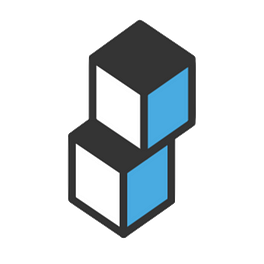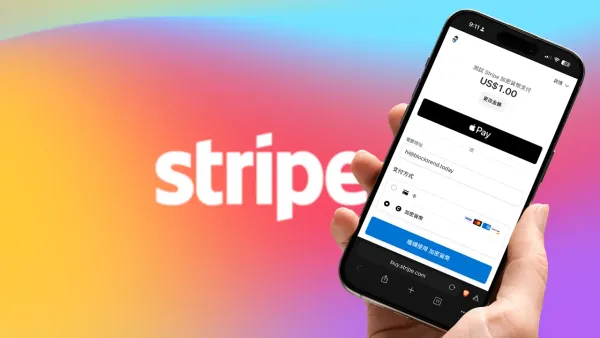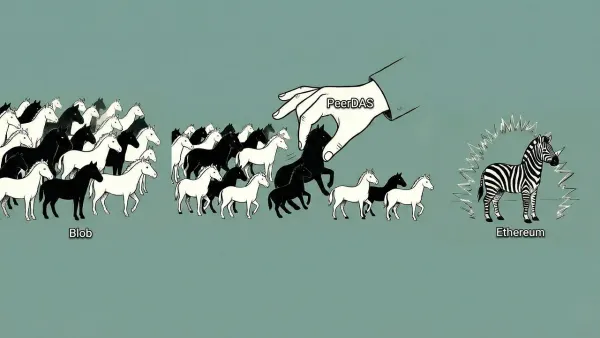Gitcoin’s Top 30 Featured Projects! My Firsthand Experience and Insights
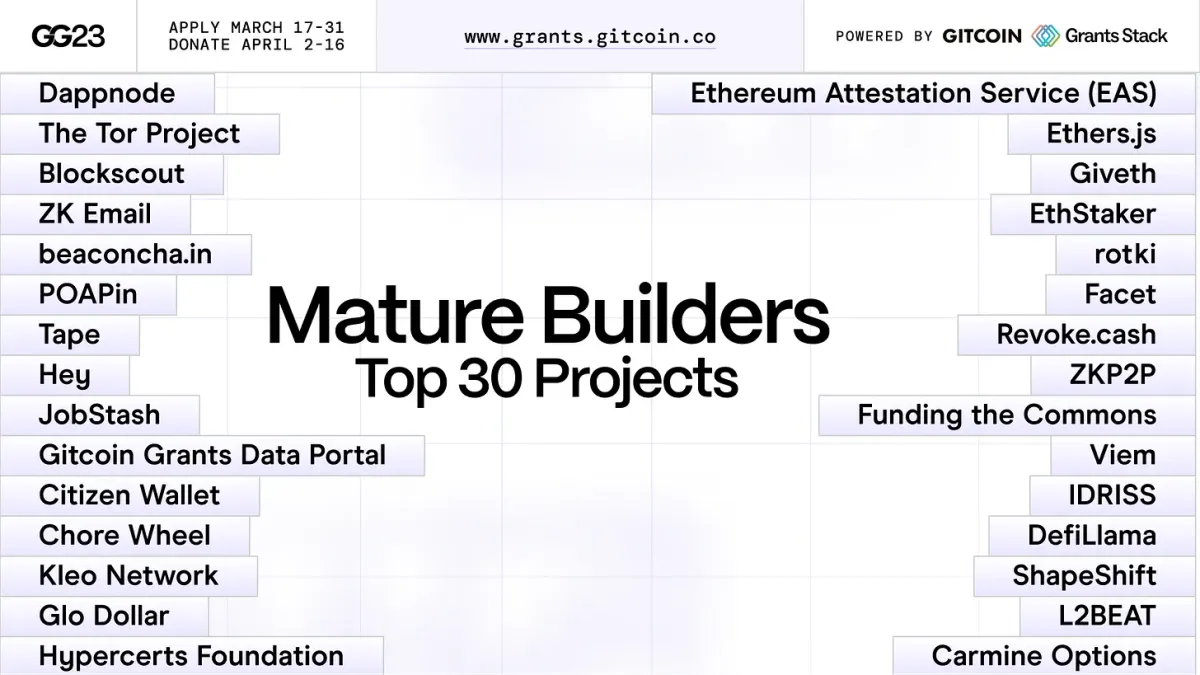
GM,
Last week’s Blocktrend member meetup came with an unexpected surprise. While I was walking everyone through an airdrop, someone suddenly asked, “Wait, could you explain these tools?” That’s when I realized people were curious about the web3 tools I was using—tools I had grown so used to that I assumed everyone else was familiar with them too. But after thinking about it, I noticed that in just a few minutes, I had already used a POAP attendance badge¹, an NFC card from IYK, the Rabby Wallet browser extension, the Etherscan block explorer, Scam Sniffer’s phishing detector², and XY Finance’s airdrop tool.
I really enjoy trying out new tools. Using them feels as natural as picking up my phone or opening a web browser. But even if people have heard of these tools, that doesn’t mean they know when or how to use them best. Coincidentally, the public goods funding platform Gitcoin Grants recently released a curated list of standout projects—a kind of “fast track” shortlist based on past data. Each of the 30 featured projects is guaranteed to receive at least $10,000 in this funding round. In this article, I’ll first explain where this list came from, then go through each project, grouped by whether or not I’ve personally used it, to give you an idea of what they actually do.
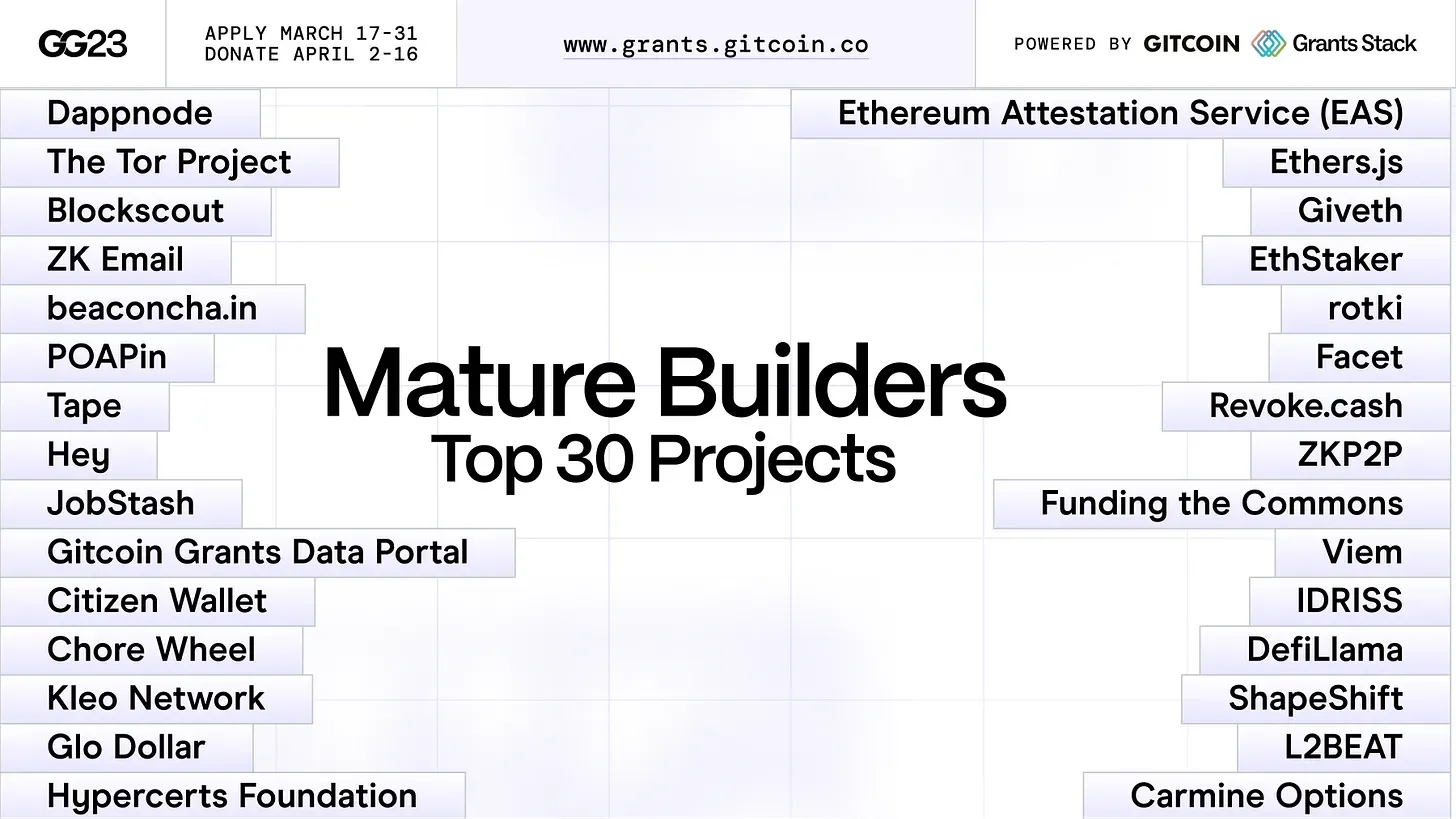
The National Science Council of Web3
University professors often apply for grants from the National Science and Technology Council (NSTC) to fund their research. Gitcoin is like the Web3 version of the NSTC—it allocates resources and encourages innovation. How big Gitcoin’s annual budget is depends entirely on how much individuals and companies are willing to generously donate. Its sole mission is to distribute these funds to where they’re needed most.
Talking about money can be sensitive, and it’s impossible to please everyone—but Gitcoin keeps refining its process. In the past, Gitcoin used a quadratic funding model, allowing the community to vote with crypto on which projects should receive funding. The more supporters a project had, the more social value it was seen to have, and the more funding it would get. But Gitcoin recently realized that this system puts “mature builders” at a disadvantage, so in its latest funding round—Gitcoin Grants 23—it introduced a new structure to address that:
Since 2019, Gitcoin Grants has supported builders through quadratic funding. It’s been a great model for early-stage projects … but some projects have since matured—they’ve made a significant impact and need funds to stay operational and scale … The “Mature Builders Retro Round” in GG23 will distribute $600,000 to 30 top open-source contributors. Each project will receive a minimum of $10,000, with final funding amounts determined by votes from GTC token holders and a selection committee.
Putting aside whether the current system really is that unfavorable to mature builders—enough to justify “fast-tracking” them—most of us are probably more curious about the selected 30 projects. Are they all essential infrastructure for Web3? In the following section, I’ll briefly introduce each project, grouped based on whether I’ve personally used them.
The Fast-Track List
This “fast-track list” is divided into three main categories: developer tools, Web3 infrastructure, and open-source software or services. Most regular users—including myself—will primarily interact with the last category. If you’ve been reading Blocktrend for a while, you’ll probably recognize a few names here, as I’ve written about several of these projects in dedicated articles before. Let’s start with the ones I’ve personally used—13 projects in total:
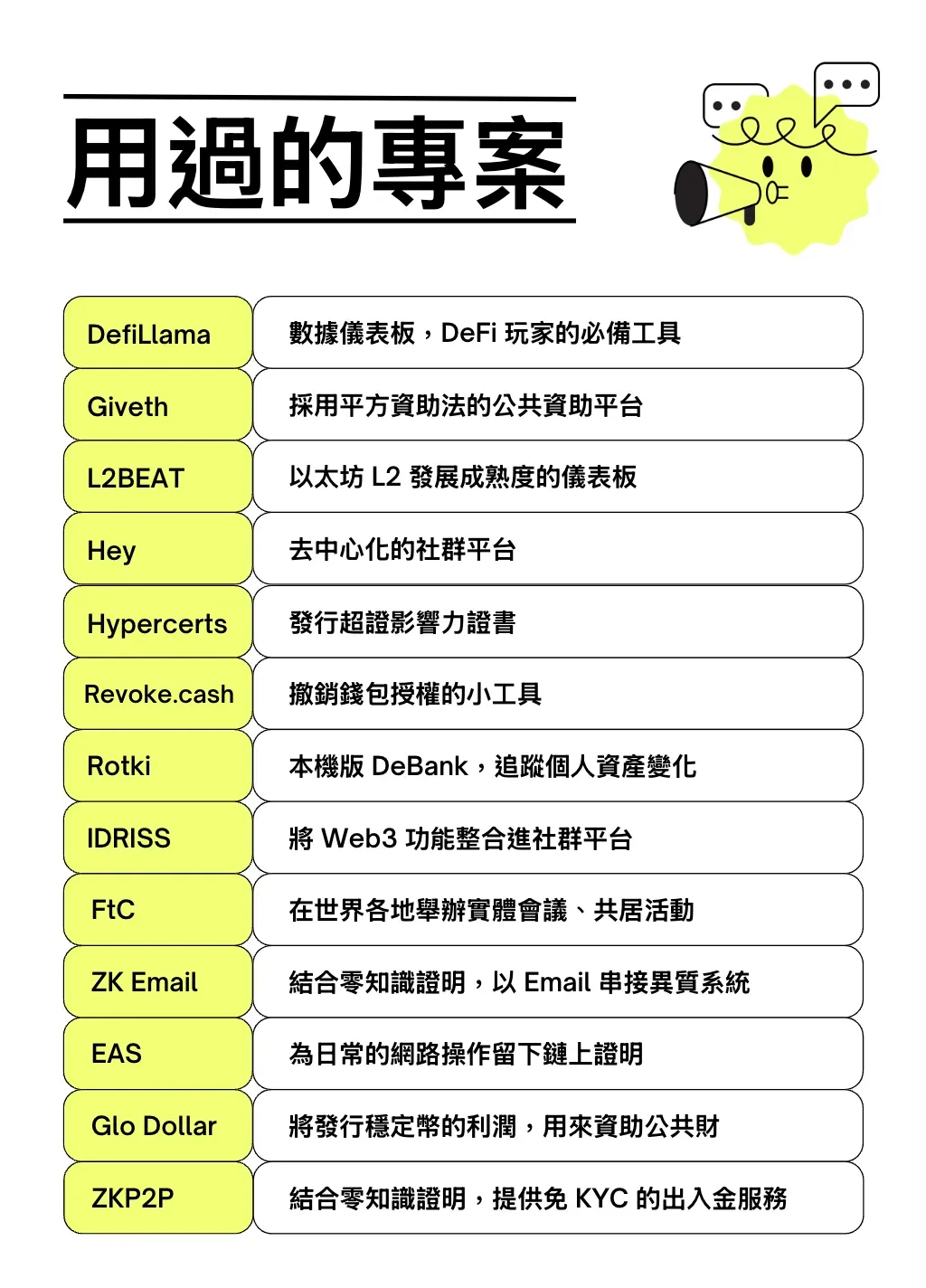
Because I’ve used some of these projects myself, I can confidently say a few of them are absolutely essential Web3 infrastructure. Among them, DefiLlama and L2BEAT stand out in their respective verticals. The information they provide may not be immediately digestible for everyone, but thanks to their well-organized and translated dashboards, I don’t need to scrape raw on-chain data myself. The dashboards are cleanly presented, easy to screenshot, and incredibly practical as information sources.
Other infrastructure projects like EAS (Ethereum Attestation Service 3) and ZK Email 4 are also foundational to Web3. These services are typically integrated under the hood of different applications, so users may not interact with them directly. But without them, developers wouldn’t be able to build services that function like their Web2 counterparts while relying on entirely different mechanisms.
Then there are some projects I’ve used in the past but no longer do—such as Hey 5, a decentralized social platform; Hypercerts 6, a system for proof of impact; and rotki, a personal finance dashboard. I’ve moved away from these for various reasons: I couldn’t find friends on the platform, the project development has stalled, or it simply didn’t meet my needs. While each of these may be innovative in their own right, I’m not convinced they’re critical or irreplaceable parts of Web3 infrastructure.
Next are five projects I haven’t personally tried yet, but I’m curious to explore in the future:
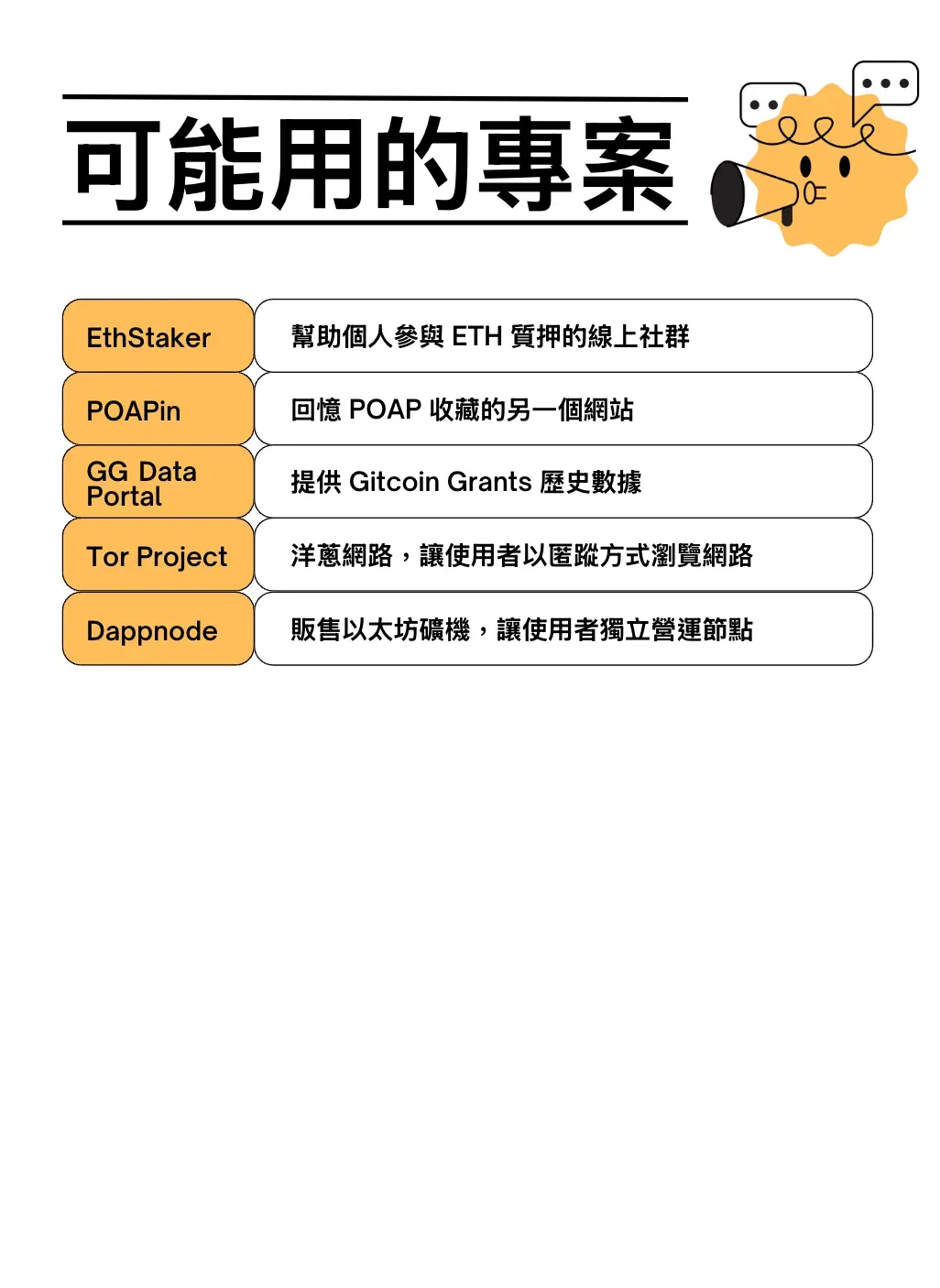
Although I’ve heard of these projects before, I currently don’t have a need to use them. For example, Dappnode and EthStaker are both related to solo staking on Ethereum. But at the moment, all of my ETH is staked through Lido, Renzo, or centralized exchanges. If I ever decide to set up a solo staking node in the future, these projects could become very important.
There’s also the Tor Project and its onion routing network. While I personally don’t have strong anonymity needs living in Taiwan, I understand how crucial this tool is for journalists and human rights activists in certain countries. Finally, here are 12 projects that I’m pretty sure I won’t be using in the future:
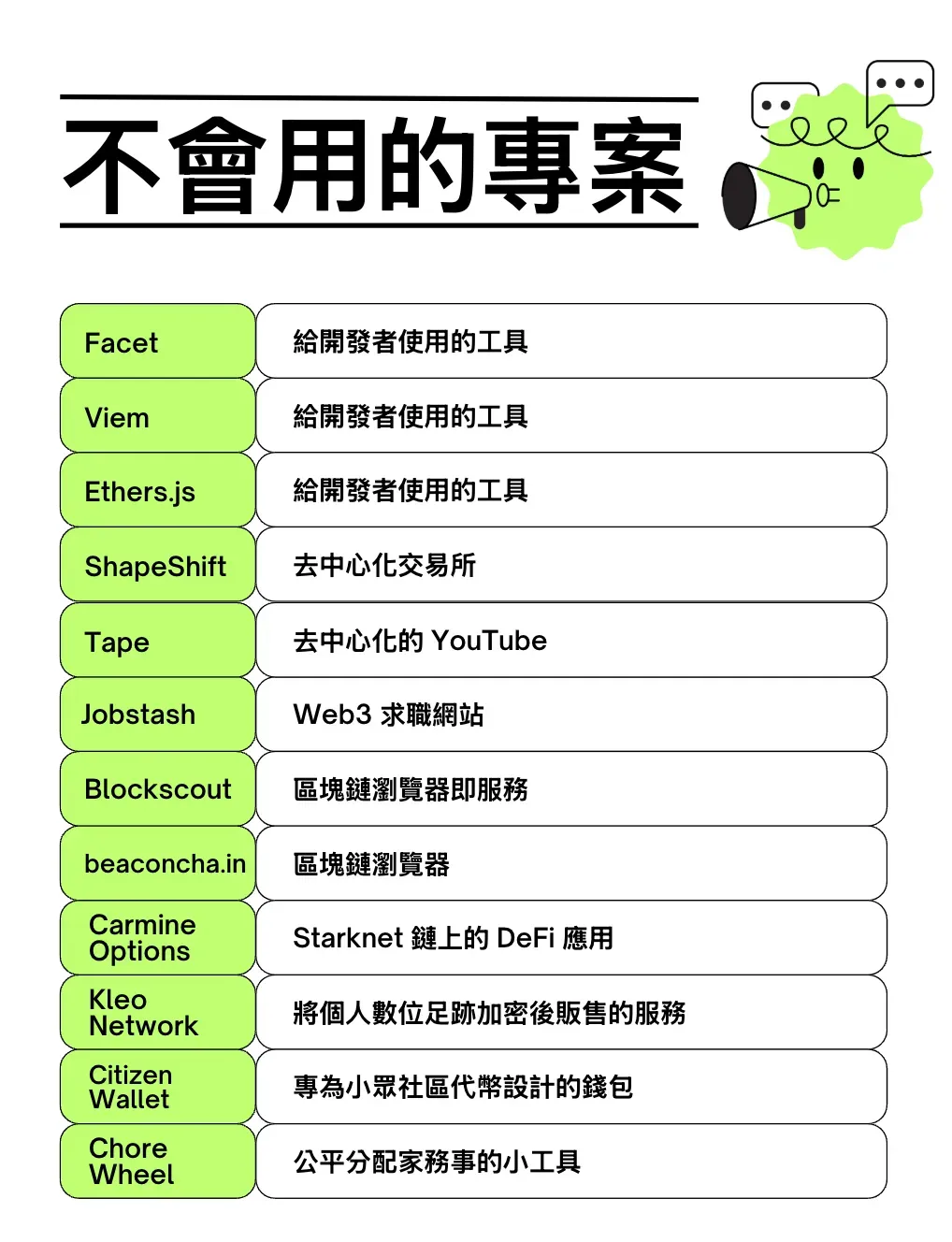
Some of these projects simply don’t align with my needs—but there are also a few that I honestly don’t understand why they made it onto this “guaranteed funding list” at all. I’ve heard plenty of developers mention using Viem and Ethers.js at hackathons, but as someone who writes articles, I have no use for them. In my opinion, the least deserving projects on the list are ShapeShift, Carmine Options, Kleo Network, Tape, Jobstash, and Chore Wheel. While each may fulfill a specific niche, I don’t consider any of them to be “highly impactful” or foundational Web3 infrastructure.
Take Tape, for instance—it’s supposed to be a decentralized version of YouTube, but the content on the platform is painfully dull. Even if YouTube were to shut down one day, I seriously doubt Tape would be a viable alternative 😭. Jobstash, on the other hand, brands itself as a crypto-native job board, but even Web3 companies seem to just casually post listings there. Calling it “crypto-native” sounds nice, but it might also be a sign that it struggles to attract broader audiences. And then there’s Chore Wheel—a random task assignment spinner meant to help divide up household chores. According to the description, it’s been successfully implemented in a “9-person apartment,” so clearly it’s a piece of foundational infrastructure… (just kidding, of course 🙃).
Participation Fatigue Is the Real Problem
In my view, the ideal public funding mechanism is one where impact = financial return. As long as a team focuses on doing good work and creating meaningful impact, they can reasonably expect financial rewards to follow in due time.
However, over the past few years, Gitcoin’s flagship Quadratic Funding model has, in practice, turned into a system where mobilization = financial return. It gradually evolved into a game of “the louder you are, the more you get”—projects with better marketing, stronger community engagement, or even subtle airdrop promises were the ones likelier to receive more funding. This meant teams had to constantly seek support—not only was it exhausting for them, but it also wore out their communities. Add in other friction points like whether donors had spare funds at the time or knew how to use wallets, and the result was a system where funding didn't always reflect true impact.
On the surface, Gitcoin’s recent changes were framed as addressing the disadvantages faced by mature projects. But if you look at past Gitcoin Grants rounds, these “mature” projects were already the consistent winners. Gitcoin even stated that the reason for offering a $10,000 funding floor this time was because that’s the average amount these projects typically received. I fail to see where the supposed disadvantage lies.
What I do see is that Gitcoin noticed participation fatigue through the data—and made adjustments accordingly. Another public funding platform, Giveth, which has even fewer participants, recognized this issue earlier and introduced a recurring donation system. Donors can now set up a one-time payment plan that continues streaming funds over time. This effectively lowers the cost of mobilization. Projects no longer need to bang drums or rally support every few months just to stay afloat—they can focus on their work without worrying about sudden funding gaps.
- POAP: Recording Your Life Journey with NFTs
- Even Crypto Veterans Aren’t Immune! How to Prevent Authorization Phishing Scams and Build a Firewall for Your Wallet
- Ethereum Attestation Service (EAS): Building Digital Identity and Leaving On-Chain Records of Your Online Footprint
- Wallets Are Simply Not Secure Enough
- Lens Protocol: A Portable Social Graph
- Hypercerts: Issuing Impact Certificates to Help Fund Public Goods
